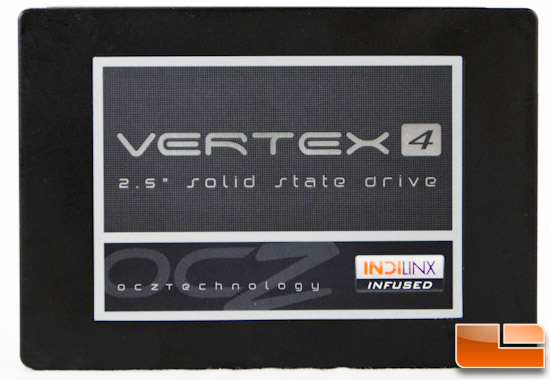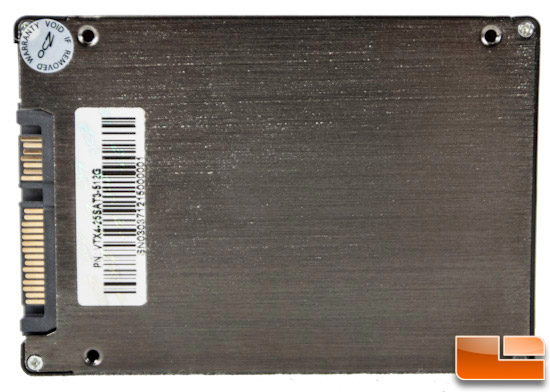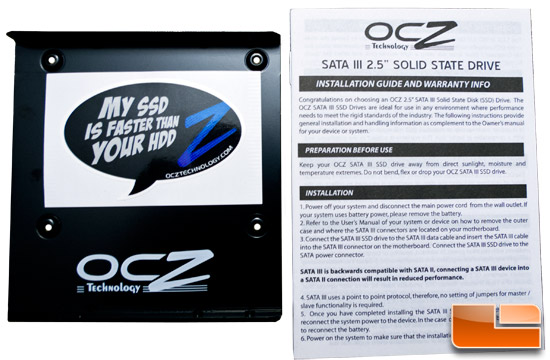OCZ Vertex 4 Indilinx 256GB & 512GB SSD Reviews
The Vertex Goes Back To Its Roots
When OCZ first introduced the Vertex SSD back in early 2009, consumers were just starting to learn what an SSD was and the early adopters who grabbed the popular (at the time) JMicron controlled drives were finding out that a lack of overprovisioning, TRIM and garbage collection were wrecking their performance over time. In steps the Vertex with the shiny new Indilinx Barefoot controller that quickly became very popular for a time – although it only supported TRIM out of the box using an OCZ supplied utility. They sold a ton of these and the Vertex really helped vault OCZ into the forefront of SSD producers. Many other drive makers jumped on board with Indilinx drives but it wasn’t long before OCZ took a risk and departed from the Indilinx controller for both the Vertex 2 (SF-1222) and 3 (SF-2281) drives in favor of the upstart SandForce controllers. In March of 2011 OCZ purchased Indilinx and subsequently outed the Octane SSD, powered by the new Indilinx Everest controller, in December of the same year. It was a competitive first effort and we were looking forward to the next version. Last week, we received a pair of the Vertex 4 drives and weren’t the least surprised to find that the line has come full circle back to their Indilinx roots with the Everest 2 controller. This should be fun.

OCZ decided to go large so-to-speak this time around and not offer a drive under 128GB in capacity. That particular model will set you back $179 MSRP. That’s followed up by the 256GB model ($349 MSRP) and the 512GB model ($699 MSRP). OCZ sent us a 256Gb and 512GB version to do some comparisons which is helpful for those on the fence about which one to get since the specs vary between the two as we’ve outlined below. It also lets us more directly compare it with some of the other top tier drives we have with roughly equivalent capacities.

In terms of aesthetics, not a whole lot has changed. We didn’t have a Vertex 2 drive off-hand to make the picture complete but the above image shows three of the four Vertex generations. The predominant color scheme of black and white remains the same with a splash of color only found on the Indilinx logo.
As you can see from the graphic above, the Vertex drives have gone through quite a performance and hardware transformation with the Vertex moniker prominently displayed all the while.
OCZ Vertex 4 SSD Features and Specifications:
- 128GB Model
- Max Read: 535MB/s
- Max Write: 200MB/s
- Random Read IOPS: 90,000 (4K QD32)
- Random Write IOPS: 85,000 (4K QD32)
- Max IOPS: 120,000 (512B Random Read, Iometer 2010)
- Max Read: 535MB/s
- Max Write: 380MB/s
- Random Read IOPS: 90,000 (4K QD32)
- Random Write IOPS: 85,000 (4K QD32)
- Max IOPS: 120,000 (512B Random Read, Iometer 2010)
- Max Read: 535MB/s
- Max Write: 475MB/s
- Random Read IOPS: 90,000 (4K QD32)
- Random Write IOPS: 85,000 (4K QD32)
- Max IOPS: 120,000 (512B Random Read, Iometer 2010)
- Reduced Write Amplification without Compression
- Advanced Multi-Level ECC
- Adaptive NAND Flash Memory Management
- Redundant NAND Array (RNA) Technology

The back of the drive features a brushed aluminum back plate with a lonely warranty void sticker over one screw in the corner we which happily tear into on the next page.

Like previous iterations of the Vertex, they come complete with a 2.5″ to 3.5″ adapter tray, instruction and warranty info, and your very own OCZ SSD sticker. Let’s dig in.


Comments are closed.